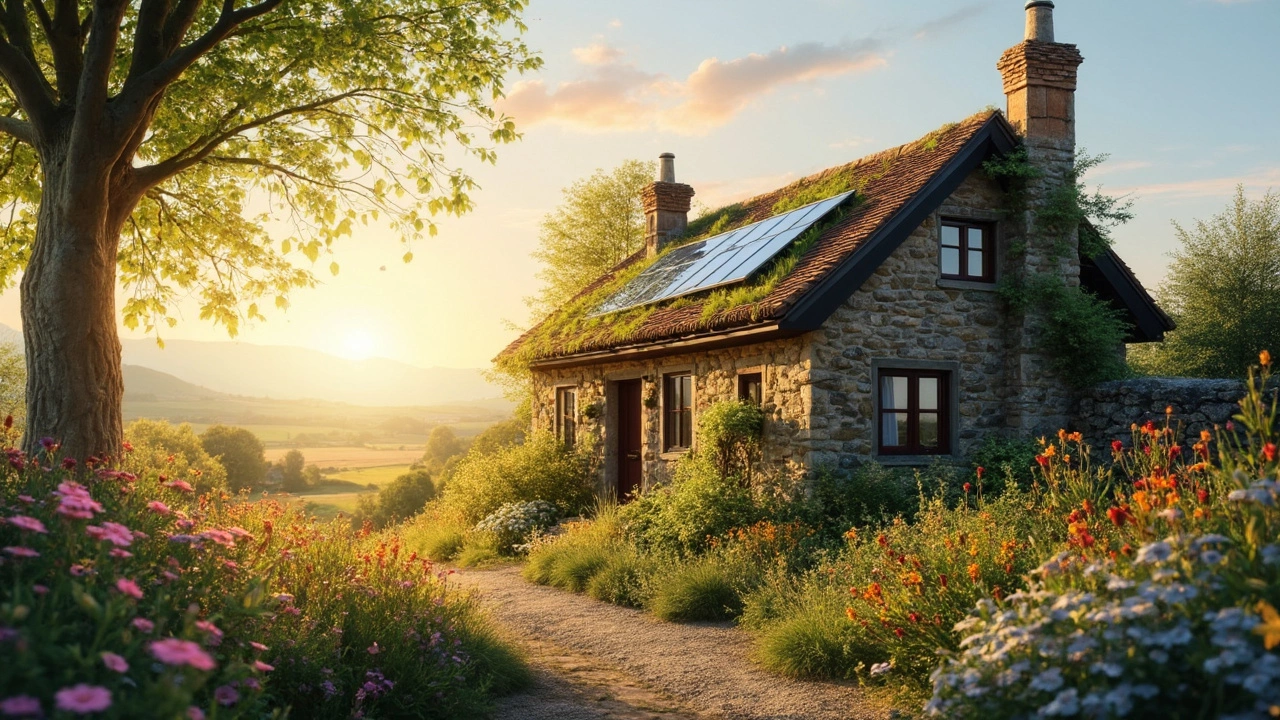Easy to Build: Quick Tips for Simple Holiday Homes
Looking for a getaway spot that you can set up without a crane and a team of engineers? You’re in the right place. Below you’ll find straight‑forward ideas that let you create a comfy cottage or tiny house without breaking the bank or your back.
Pick the Right Design
Start with a shape that repeats in nature – a rectangle or a simple L‑plan. Fewer corners mean fewer cuts and less waste. Prefab wall panels or modular timber frames are ideal because they snap together on site, cutting build time from weeks to days.
When you choose a design, think about the roof too. A gable roof with a modest overhang gives you good protection from rain while staying easy to frame. Avoid complex skylights or multiple dormers; they add cost and require extra structural work.
Choose Eco‑Friendly, Low‑Maintenance Materials
Timber that’s certified sustainably sourced is light, strong, and works well with DIY joinery. Pair it with insulated concrete forms (ICFs) for walls – they act as both structure and insulation, so you skip separate wall sheathing.
For the floor, consider reclaimed timber decks or insulated timber joists. They’re quick to lay and give a warm feel underfoot. If you need a fast finish, a simple polished concrete slab can be poured in a day and lasts decades with minimal upkeep.
Don’t forget the bathroom. Composting toilets and tiny shower pods slide into a small footprint, need no sewer connection, and keep the build simple. They’re especially handy for glamping‑style tents or off‑grid cabins.
Now, let’s talk foundation. A shallow concrete pad or screw piles works for most lightweight builds and cuts excavation time. Just level the ground, pour the pad, and you’ve got a solid base for walls to stand on.
Windows and doors are another area where prefab wins. Order pre‑glazed units that fit directly into your wall frames. They arrive with mounting brackets and sealants, turning what could be a messy job into a quick snap‑in.
Interior finishes can stay simple, too. Exposed timber studs give a rustic vibe, and a quick coat of low‑VOC paint finishes the look without heavy chemicals. Add a few LED strips for lighting – they’re cheap, energy‑saving, and easy to install.
Finally, think about future upgrades. Leave space for solar panels on the roof, and run conduit for wiring now so you don’t have to chase wires later. Even a small battery bank can power lights and a mini fridge, making the place truly off‑grid.
With these steps, you can go from a sketch on paper to a cosy, easy‑to‑build retreat in a matter of weeks. Keep the design plain, pick modular, sustainable materials, and let prefabrication do the heavy lifting. Your next holiday home is just a few simple decisions away.
